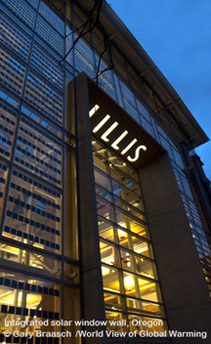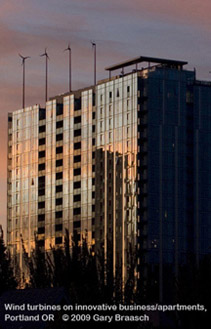Climate Photo of the Week

Loss of water in the American SW is part of world increase in drought
-- one of many indicators that climate change is more rampant than ever.
This month Lake Mead, the nation's largest reservoir, reached the lowest level since it began to fill in the 1930s; at the 1082 foot level it is only about 38 percent full. The American Southwest is in the 11th year of drought, and regional temperatures are a degree and a half warmer than the mid-20th century average. At a time of increasing water use to support growing regional populations and agriculture, this is a severe stress on water supply for states in the region. Engineers are digging a lower outlet in Lake Mead so that the flow for Las Vegas, providing 90 percent of its needs, can continue to be drawn as the lake level drops even further as predicted. When the lake reaches 1075 feet, restrictions on water use in Nevada and Arizona will go into effect.
Natural drought cycles and seasons appear to be getting worse because of heavy water use and continued emission of greenhouse gases by growing human populations. Studies by Aiguo Dai, an atmospheric scientist in the National Center for Atmospheric Research, show that across wide areas of the American SW, Africa, Australia, Southern Europe and SE Asia, "recent warming has increased atmospheric moisture demand and likely altered atmospheric circulation patterns." This will make droughts which may begin naturally much more severe and long lasting as the world increasingly warms through this century -- assuming no strong action is taken to reduce the amount of CO2 and methane sent up into the air.
The prediction of devastating droughts is just one of many big-picture studies of the Earth's climate published by scientists since last year's Copenhagen climate talks. The predominant result is that human-caused climate change is having very strong effects. While the politics and personalities of science gained many more headlines recently than the science itself, the planet continues to react to ever more greenhouse emissions. Thousands of climate and earth researchers quietly kept at their work recording and analyzing the changes.

Recent results show that most of the adverse effects of global warming are running at or above the worst case predictions and records of only a few years ago -- including the movement of Greenland glaciers, sea level rise, areas under drought and flood around the world, Arctic sea ice loss, oceans becoming acidic and warmer and reducing the amount of vital plankton in the seas, methane escaping from thawing permafrost in the Arctic, and a reduction of plant growth rather than an increase as many assumed. The most basic factors in global warming also increased: Atmospheric CO2 increased to just under 390 ppm, the highest in millions of years. And 2010 saw heat records around the world, including in hundreds of U.S. towns, and will probably be one of the top three hottest years ever measured.
For a timeline of science findings and news reports, see the Project on Climate Science. There was a detailed article on Greenland's melt and what it means, in the New York Times. Sketches of some active climate scientists are available from the Union of Concerned Scientists. For a scientist-centered middle school climate science book, please see my book with Lynne Cherry. And of course I continue my work in this website, particularly on technology, sea level rise and the oil spill; and my book Earth Under Fire.

In Louisiana, California and Oregon recently, I saw new neighborhoods being built of extra-efficient homes with solar panels, on demand water heaters, LED lighting, strong insulation, smart climate controls, batteries to store electricity for night use and plug-ins for electric vehicles. Said a realtor in Lancaster CA: "Even during our 107 degree heat wave the A/C cycles off."


Innovative buildings for education, business and apartments employ wind turbines, high efficiency glass, solar hot water systems, green living roofs, grey water recycling and rainwater harvesting and structural functions which allow natural cooling and warming. Please see 12 West and the Lillis Building sites for more information. Building codes are being changed nationwide to emphasize low-carbon technologies. Photos of many more low-energy choices available. Email or call us please.
Please see Climate News and Views.
World View of Global Warming is an independent documentary project by photojournalist Gary Braasch, now in its 11th year, presenting a comprehensive look at global warming science, the world wide effects of climate change, its implications, and what action is being taken about it. Braasch documents this change through science reporting and photography from the Arctic to Antarctica, from glaciers to the oceans. Rapid climate change is occurring now and its effects are fast becoming one of the prime events of the 21st century.
Every citizen of the world needs to be aware of rapid climate change:
1. Understand the problem, its causes and threats.
2. Let your leaders know the facts and that you expect them to act.
3. Do something today to reduce greenhouse gas output --
please Take Action.
source : here
No comments:
Post a Comment